Gallery Network
Shop the Show: This New York Exhibition Brings Together Two Rare Complete Sets of Prints By Jackson Pollock
Pollock gifted one set of prints to his brother, Sanford, with whom he made the works.

Pollock gifted one set of prints to his brother, Sanford, with whom he made the works.

Artnet Gallery Network

Every month, hundreds of galleries showcase new exhibitions on the Artnet Gallery Network—and every week, we shine a spotlight on the exhibitions we think you should see. Check out what we have in store, and inquire more with one simple click.
What You Need to Know: The new exhibition “Jackson Pollock: The Experimental Works on Paper” at Barbara Mathes Gallery in New York showcases Pollock’s little-known engravings and silkscreens from the 1940s and ‘50s. Pollock was first exposed to printmaking in the 1930s through his work in the Works Progress Administration, but his first experiments with engraving came in the mid-1940s with a series he produced at Atelier 17, a celebrated New York print studio that had relocated from Paris during World War II. On view here a set of those 1944 prints (available as a group) that show the influence of Surrealism on Pollock as he vacillated between abstraction and figuration. These early works are showcased by a later series of silkscreens (also available as a group) from the early 1950s produced with the help of his brother, Sanford McCoy, himself an esteemed printmaker. The prints were based on six of Pollock’s “black paintings,” made from 1951 to 1953, which largely abandoned color and the allover compositions of his drip paintings.
Why We Like It: Though Pollock’s abstract paintings are his most famous works, these prints showcase Pollock’s lasting interest in figuration, visible in his early works of the 1940s and reemerging in his prints of the 1950s. Rather than the spontaneity of his drip painting, these prints speak to his interest in rhythmic, thought-through compositions and calligraphic mark-making. The set of prints from the 1950s also offers a rare collaboration between Pollock and McCoy, who together designed these prints as a suite. The complete portfolio presented here is a rare opportunity to see the works as the artists intended. What’s more, Pollock gifted this complete set to his brother, making these works particularly meaningful.
What the Gallery Says: “When seen side-by-side, these rare engravings and silkscreens are an exciting look at the development of Pollock’s style from the mid-1940s to the early 1950s. Even though they were made over half a century ago, the works feel contemporary and fresh,” said Barbara Mathes, founder of the gallery.
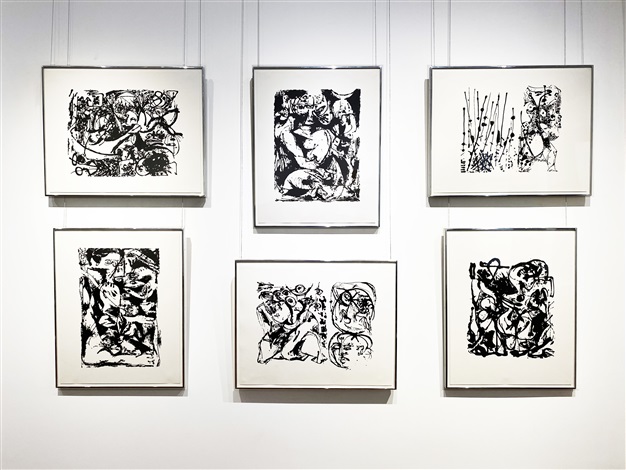
Jackson Pollock, Silkscreens (Set of 6) (1951). Courtesy of Barbara Mathes Gallery.
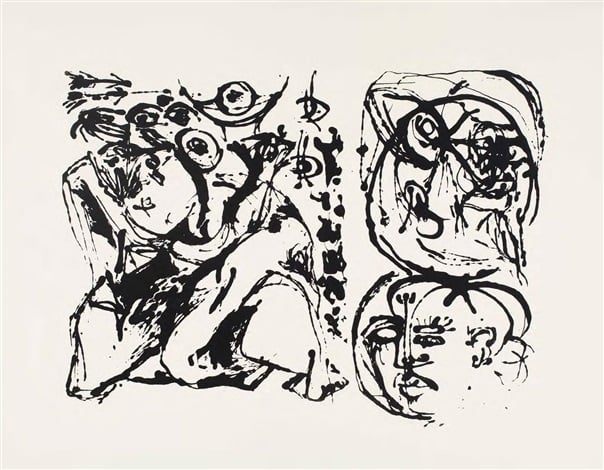
Jackson Pollock, Silkscreen (Set of 6: 3 of 6) (1951). Courtesy of Barbara Mathes Gallery.

Jackson Pollock, Silkscreen (Set of 6: 5 of 6) ( 1951). Courtesy of Barbara Mathes Gallery.
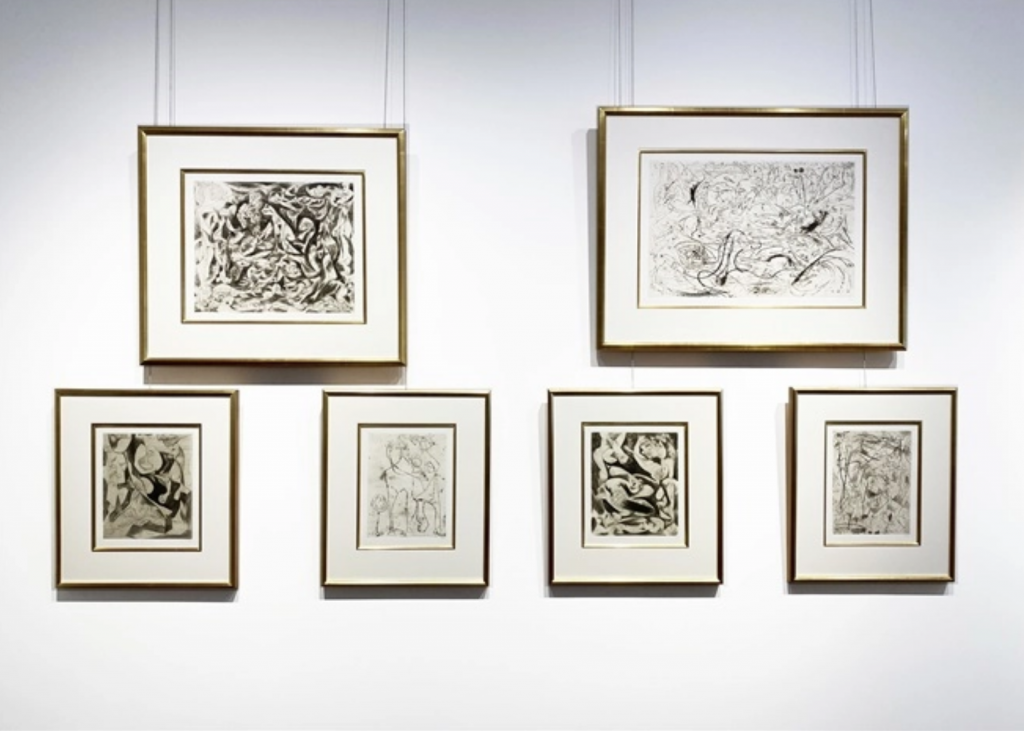
Jackson Pollock, Untitled (Set of 6) (1944–1945). Courtesy of Barbara Mathes Gallery.
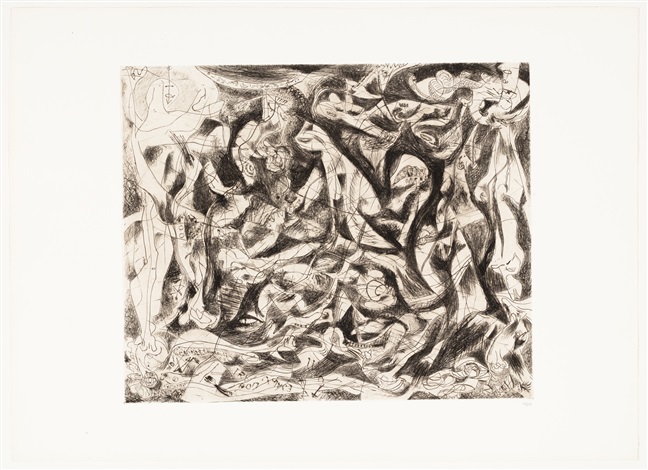
Jackson Pollock, Untitled (ca. 1944-45). Courtesy of Barbara Mathes Gallery.
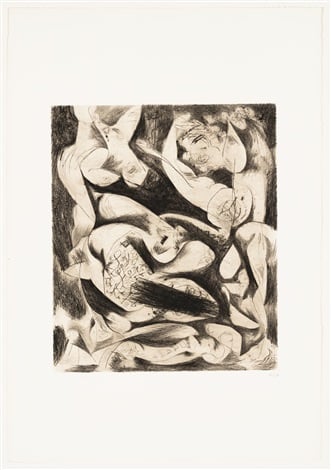
Jackson Pollock, Untitled (ca. 1944). Courtesy of Barbara Mathes Gallery.
